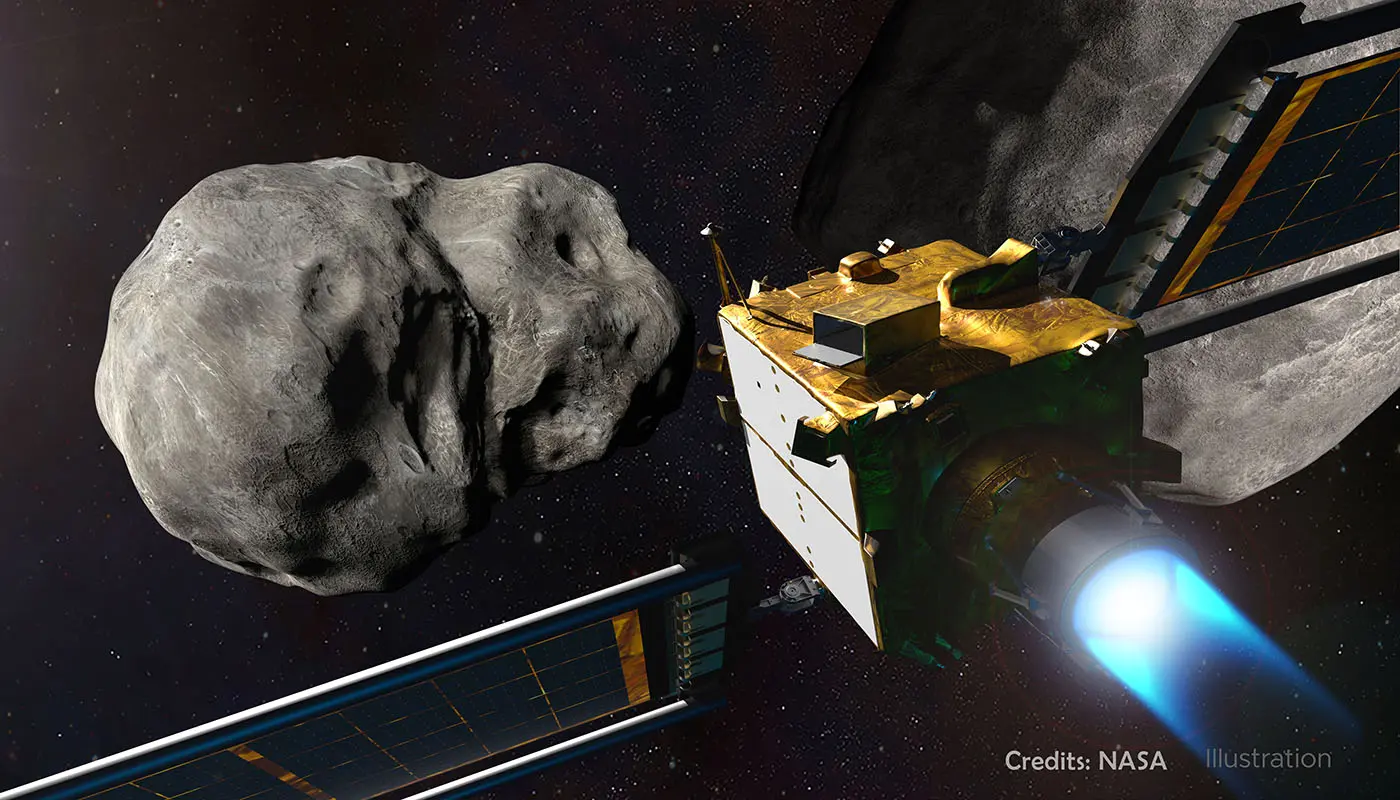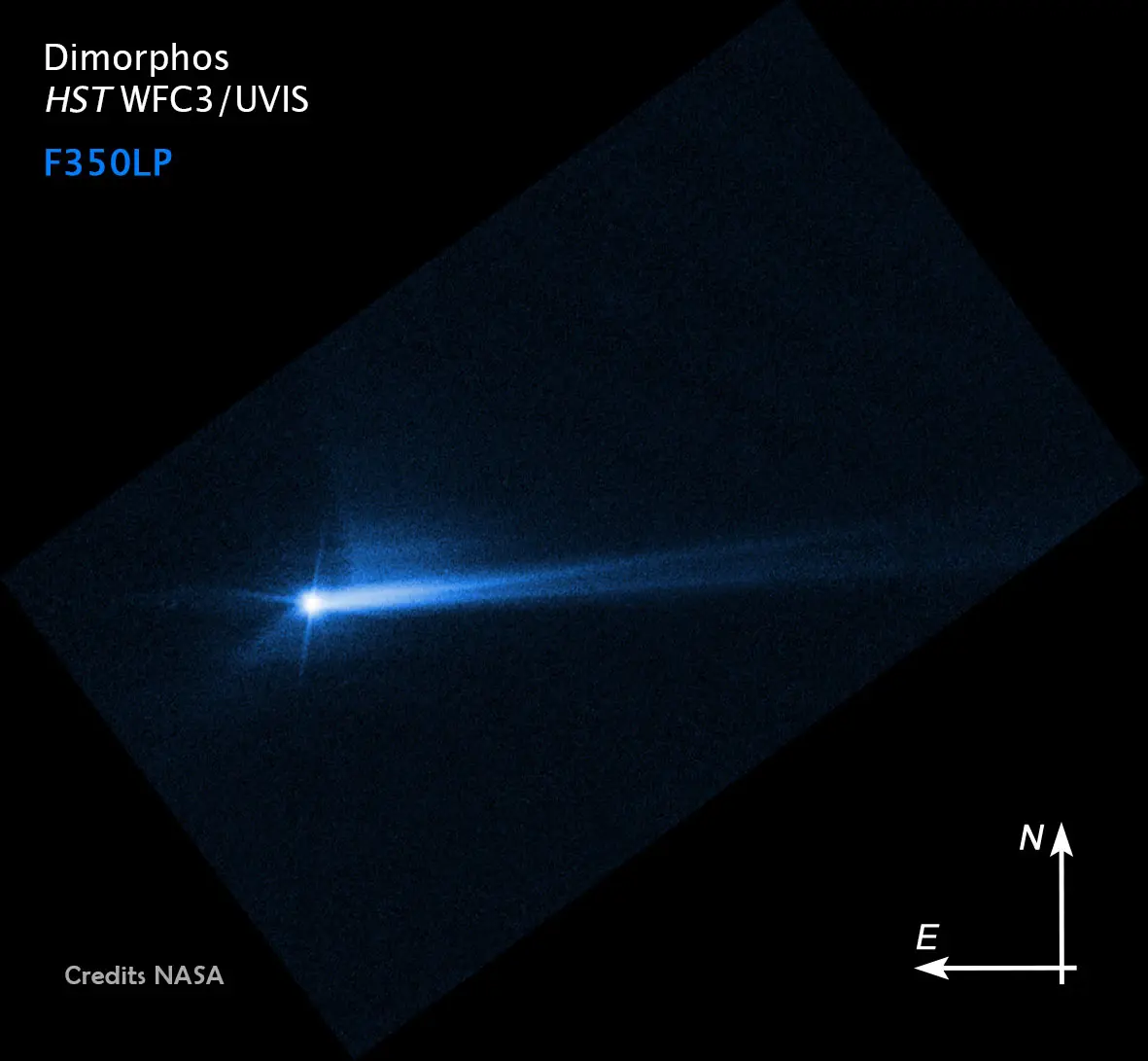THE DART AND HERA MISSIONS: HUMANITY’S FIRST PLANETARY DEFENSE MISSIONS

PhDAER Seminar Monday, October 9, 2023, 14:00 pm Politecnico di Milano, Bovisa Campus, via La Masa 34 Building B15, Classroom LM.1
On September 26, 2022 NASA’s Double Asteroid Redirection Test (DART) spacecraft successfully impacted a near-Earth asteroid called Dimorphos at approximately 6.0 km/s.
Observations from ground-based and space-based telescopes, as well as the Italian LICIACube spacecraft carried with DART, confirmed the impact and recorded the effects.
The resulting impact altered the orbit period of Dimorphos around its larger companion, Didymos, proving that the kinetic impact deflection technique is feasible to protect the Earth from hazardous asteroids.
In partnership with NASA, ESA is launching its Hera spacecraft in October 2024 to investigate Dimorphos and Didymos and validate the effectiveness of DART’s collision.
Hera will arrive in December 2026 to conduct a 6-month study of the binary-asteroid system using sensors on the main spacecraft. During its investigation, Hera will also deploy two small cubesats for additional data collection of Dimorphos and Didymos.
Together DART and Hera are humanity’s first planetary defense missions and represent the collaboration between NASA and ESA for protecting planet Earth from asteroid impacts.
This presentation will discuss the DART mission, the impact on Dimorphos, and Hera’s future activities.

Speaker:
Paul Abell is the Chief Scientist for Small Body Exploration in the Astromaterials Research and Exploration Science Division at the NASA Johnson Space Center in Houston, Texas.
His main areas of interest are physical characterization of near-Earth objects (NEOs) via ground-based and spacecraft observations, examination of NEOs for future robotic and human exploration, mitigation of potentially hazardous asteroids and comets, and identification of potential resources within the NEO population for future in situ utilization.
He was a science team member on the Japan Aerospace Exploration Agency (JAXA) Hayabusa near-Earth asteroid sample-return mission and participated in the successful recovery of the spacecraft‘s sample return capsule, which returned to Woomera, Australia in June 2010. Paul is currently a team member of the Hayabusa2 mission and is aiding the cooperation between Hayabusa2 and NASA’s OSIRIS-REx spacecraft teams. Since 2006 Paul has been a member of an internal NASA team that has been examining the possibility of sending astronauts to NEOs for human missions.
He is also an investigation team member on both NASA’s Double Asteroid Redirection Test (DART) and Near-Earth Object Surveyor Mission (NEOSM) planetary defense missions, and a team member on ESA’s Hera planetary defense mission. Asteroid 8139 (1980 UM1) is named Paulabell in recognition of Paul's contributions to NEO research and exploration studies.
*Click here to download the flyer *
*Join the event online at the following link *
03.10.2023